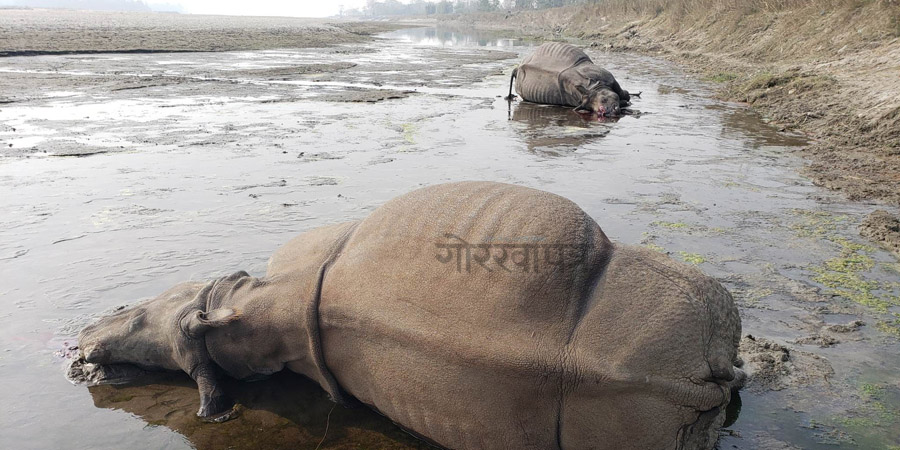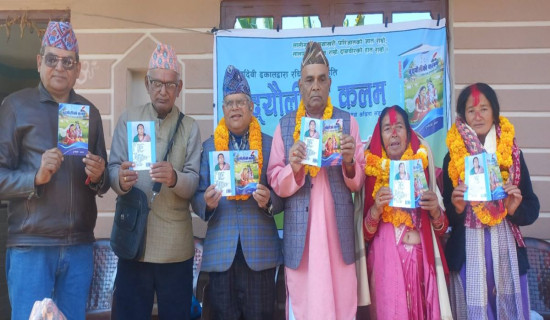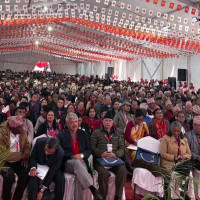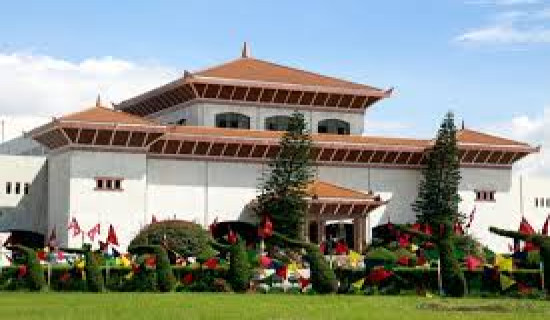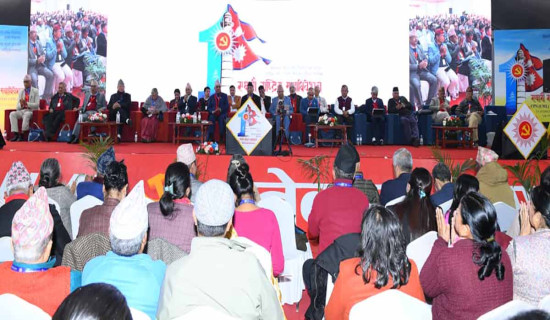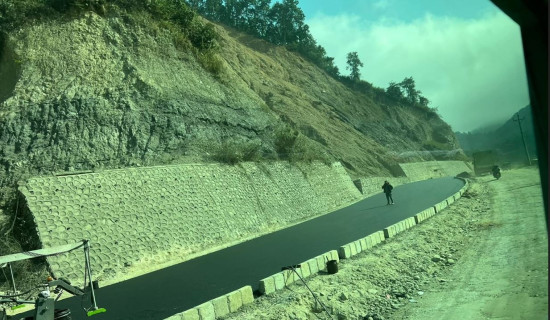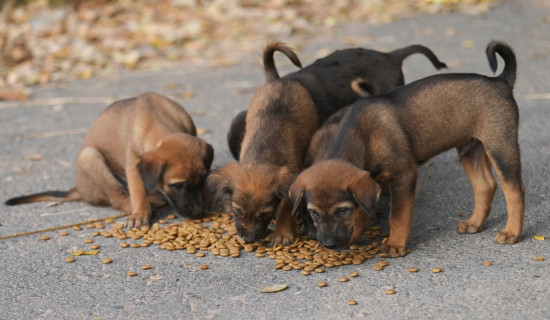- Monday, 15 December 2025
Amaltari is unsafe for rhinos: Experts
By Basanta Parajuli,Bharatpur, Jan. 25: One-horned rhinoceros have been facing natural and man-made risks in Amaltari, the main habitat of rhinoceros in Chitwan National Park (CNP).
Recently, experts have pointed out that the area was unsafe for rhinos after increasing number of rhinos are dying or being killed by the poachers.
Dr. Baburam Lamichhane, chief of the National Trust for Nature Conservation (NTNC) Sauraha, said that since many rhinos had died in the area, a study should be done to identify the cause.
"The rhinos were dying in Amaltari not only due to natural causes, but also the poachers were killing them in the Amaltari area", Dr. Lamichhane told The Rising Nepal. "We have to study why more rhinoceros are dying in this area, both naturally and because of the poachers."
Altogether, 11 rhinos have died in the first six months of the current fiscal year. Ganesh Prasad Tiwari, Assistant Conservation Officer and Information Officer of the park, said that eight rhinos died of natural causes and two were killed in electrocution in Amaltari and the surrounding areas.
Last Friday, two rhinoceros were found killed by poachers in the Amaltari area of Nawalparasi district.
A lack of security has been blamed for the increasing poaching of rhinos in the Amaltari region. Wildlife expert Rampreet Yadav said that lack of safety was the main reason for the killing of more rhinos.
"When rhinos are dying here, the poachers are also targeting this area. This is a security challenge," Yadav, who is also the park's former chief conservation officer, said.
It is said that the area was easy for the poachers to target the rhinos because the animals could be easily seen in the river banks.
Lekhnath Dawadi, secretary of the Lamichour Community Intermediate Forest Users Committee, which is located in the Amaltari area, said that the hunters succeeded in killing the rhinoceros due to the carelessness on the part of the park administration and security forces.
"There is not enough regular monitoring and patrolling of the rhinos," he said. "It is unfortunate that the park administration did not pay attention to the poachers when they stretched long electric wires and killed the animals."
Dr. Lamichhane also argued that poor security was the main reason for the killing of rhinos.
There are now 57 joint posts of the park and army officials. Although one post covers an average of 10 kilometers, there are only 12 posts in the western region, including Amaltari, where 60 per cent of the rhinos live.
According to Ganesh Prasad Tiwari, Assistant Conservation Officer of CNP, the Nepali Army men and the park administration would not miss any chance to protect the rhinoceros.
From March 2017 to 2021, the poachers could not kill even a single rhino inside the park.
Then, the park also celebrated the zero poaching year. Most of the rhinoceros in the park died in the fiscal year 2001/2002.
According to the statistics, 37 of 48 rhinoceros, which died in 2001/2002, were killed by poachers. In the recent past, poachers seemed to have started hunting in the park as soon as a rhino killed by poachers was found in the Amaltari area.
There was zero poaching in the park from March 2017 to March 2021.
Along with poaching, many rhinoceros are dying from natural causes in Amaltari area in recent months.
The area which is located in the west of Kasara, the headquarters of the park, is also the main habitat of the rhinoceros.
According to the 2021 census, there are 752 rhinos in Nepal. Of them, 694 rhinos were found only in CNP, the main habitat of rhinos.

